Article: How Lab Diamonds Are Made: 7 Steps You Never Knew
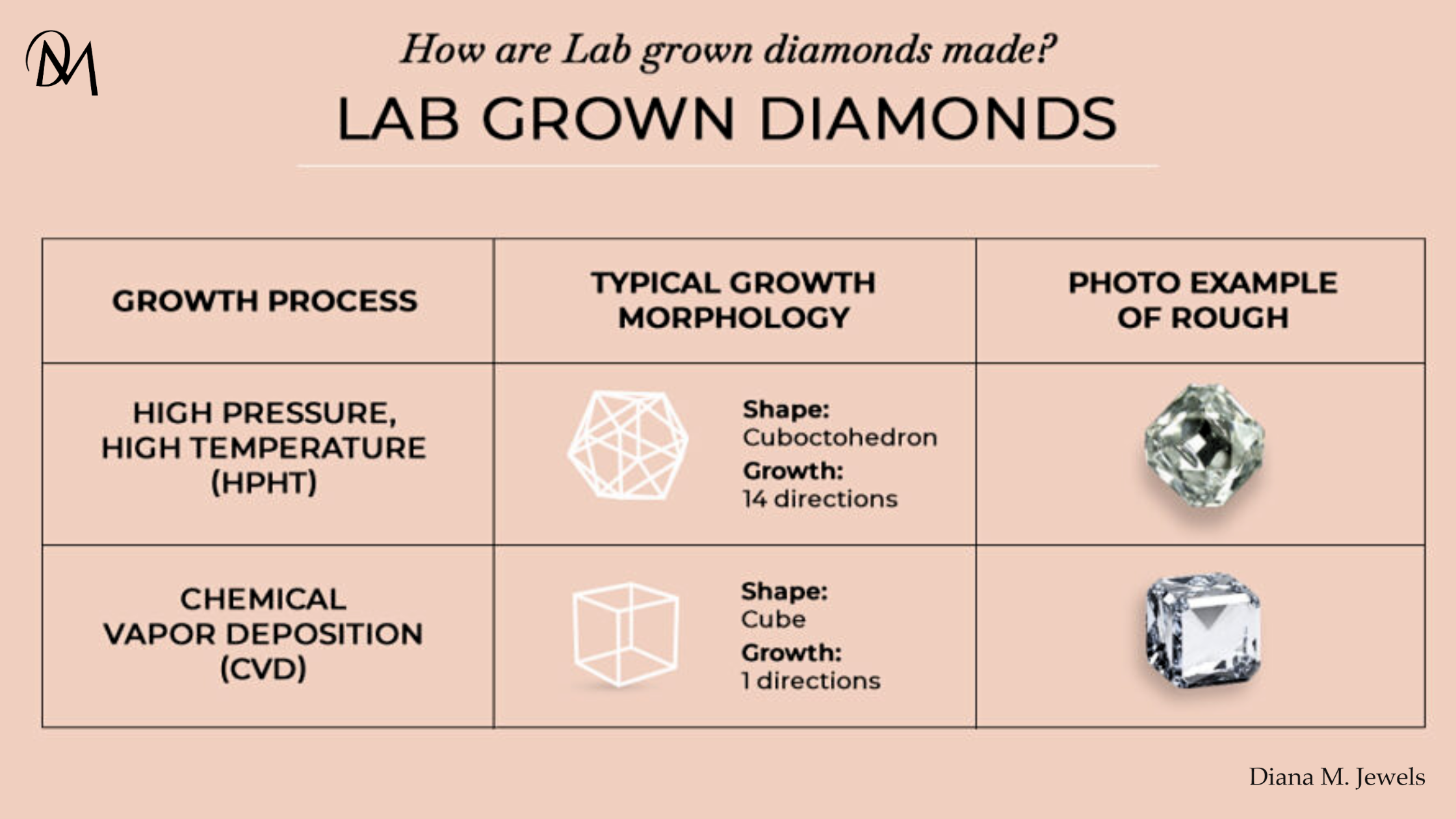
How Lab Diamonds Are Made: 7 Steps You Never Knew
Lab-grown diamonds have revolutionized the jewelry industry — merging luxury with responsibility. Whether you're curious about the technology, seeking an ethical engagement ring, or just asking “how are lab-grown diamonds made?”, this guide walks you through everything you need to know.
What Is a Lab-Grown Diamond?
A lab-grown diamond is a real diamond — physically, chemically, and optically identical to those mined from deep within the Earth. The key difference? These diamonds are created in highly controlled laboratories rather than extracted through traditional mining.
Also known as:
-
Man-made diamonds
-
Synthetic diamonds (though technically misleading)
-
Cultured diamonds
-
Lab-created diamonds
They are made entirely of carbon atoms arranged in a crystalline structure, just like natural diamonds.
Fact: The Federal Trade Commission (FTC) officially recognizes lab-grown diamonds as real diamonds.
How Are Lab-Grown Diamonds Made?
There are two primary methods for creating diamonds in a lab:
1- High Pressure High Temperature (HPHT)
This method mimics the natural conditions found in Earth’s mantle.
HPHT Process Step-by-Step:
-
A diamond seed (a tiny diamond fragment) is placed in a carbon source.
-
The chamber is subjected to pressures of 5–6 GPa and temperatures of 1,300–1,600°C.
-
Carbon melts and begins to crystallize around the seed.
-
Over 2–4 weeks, the rough diamond grows layer by layer.
-
The diamond is cooled, extracted, and later cut and polished.
Types of HPHT Presses:
-
Belt Press
-
Cubic Press
-
Split-sphere (BARS) Press
2- Chemical Vapor Deposition (CVD)
A more modern, energy-efficient method that allows for precision growth.
CVD Process Step-by-Step:
-
A thin slice of diamond seed is placed in a vacuum chamber.
-
The chamber is filled with carbon-rich gases like methane and hydrogen.
-
Microwaves or lasers heat the gases to over 800°C, creating plasma.
-
Carbon atoms separate from the gas and bond to the seed, forming new layers.
-
The diamond grows vertically, atom by atom, over several weeks.
Think of CVD as “3D printing” a diamond from gas.
Step-by-Step: How a Lab-Grown Diamond Is Made
|
Step |
Description |
|
1. Seed selection |
A high-quality diamond seed is selected |
|
2. Growth method |
Choose HPHT or CVD |
|
3. Growth phase |
Carbon atoms crystallize onto the seed |
|
4. Extraction |
The rough diamond is removed from the chamber |
|
5. Cutting & polishing |
Expert cutters shape the diamond |
|
6. Certification |
Graded by GIA, IGI, or GCAL |
|
7. Jewelry setting |
Mounted into rings, necklaces, and more |
Why Lab-Grown Diamonds Are the Ethical Choice
Environmentally Sustainable
-
No destructive mining
-
Reduced land use and habitat loss
-
Some labs use 100% renewable energy
Conflict-Free & Traceable
-
Lab diamonds are free from war zones or child labor
-
Full origin transparency from lab to showroom
Lower Carbon Footprint
According to Stanford Magazine:
Mined diamonds emit 143 lbs of CO₂ per carat, while lab-grown diamonds require significantly less.
Are Lab-Grown Diamonds Real?
Yes. Lab-grown diamonds:
-
Pass all traditional diamond tests (hardness, refractive index, thermal conductivity)
-
Are graded using the 4 C’s: Cut, Color, Clarity, Carat
-
Are only distinguishable from natural diamonds using advanced spectroscopy or photoluminescence
💡 Even jewelers can’t tell them apart without lab tools.
How Much Do Lab-Grown Diamonds Cost?
Lab-grown diamonds cost 30%–70% less than mined diamonds of equivalent quality.
Example:
|
Type |
1-Carat Price (USD) |
|
Natural |
$6,000 – $10,000 |
|
Lab-grown |
$1,200 – $3,500 |
The savings are real — without compromising brilliance, quality, or sentiment.
HPHT vs. CVD: Which Is Better?
|
Feature |
HPHT |
CVD |
|
Growth Time |
2–4 weeks |
2–3 weeks |
|
Energy Efficiency |
Moderate |
High (more energy-saving) |
|
Color Quality |
Better out of the chamber |
May need post-treatment |
|
Cost |
Slightly higher |
More affordable |
|
Best For |
Larger, high-color diamonds |
Smaller or mid-range diamonds |
Why Diana M Jewels Chooses Lab-Grown Diamonds
At Diana M Jewels, we believe in jewelry that reflects not just beauty — but integrity, sustainability, and innovation.
That’s why we exclusively offer certified, ethical, conflict-free lab-grown diamonds in our engagement rings, earrings, and fine jewelry collections.
Explore:
-
Lab-Grown Engagement Rings
Final Thoughts
Lab-grown diamonds are not just a trend — they’re the future of responsible luxury. Whether you're shopping for an engagement ring, a gift, or a personal treasure, understanding how diamonds are made in a lab empowers you to choose consciously.
So the next time someone asks, “How are lab-grown diamonds made?” — you’ll have the answer.
Shop smarter. Shine brighter. Choose Diana M Jewels.
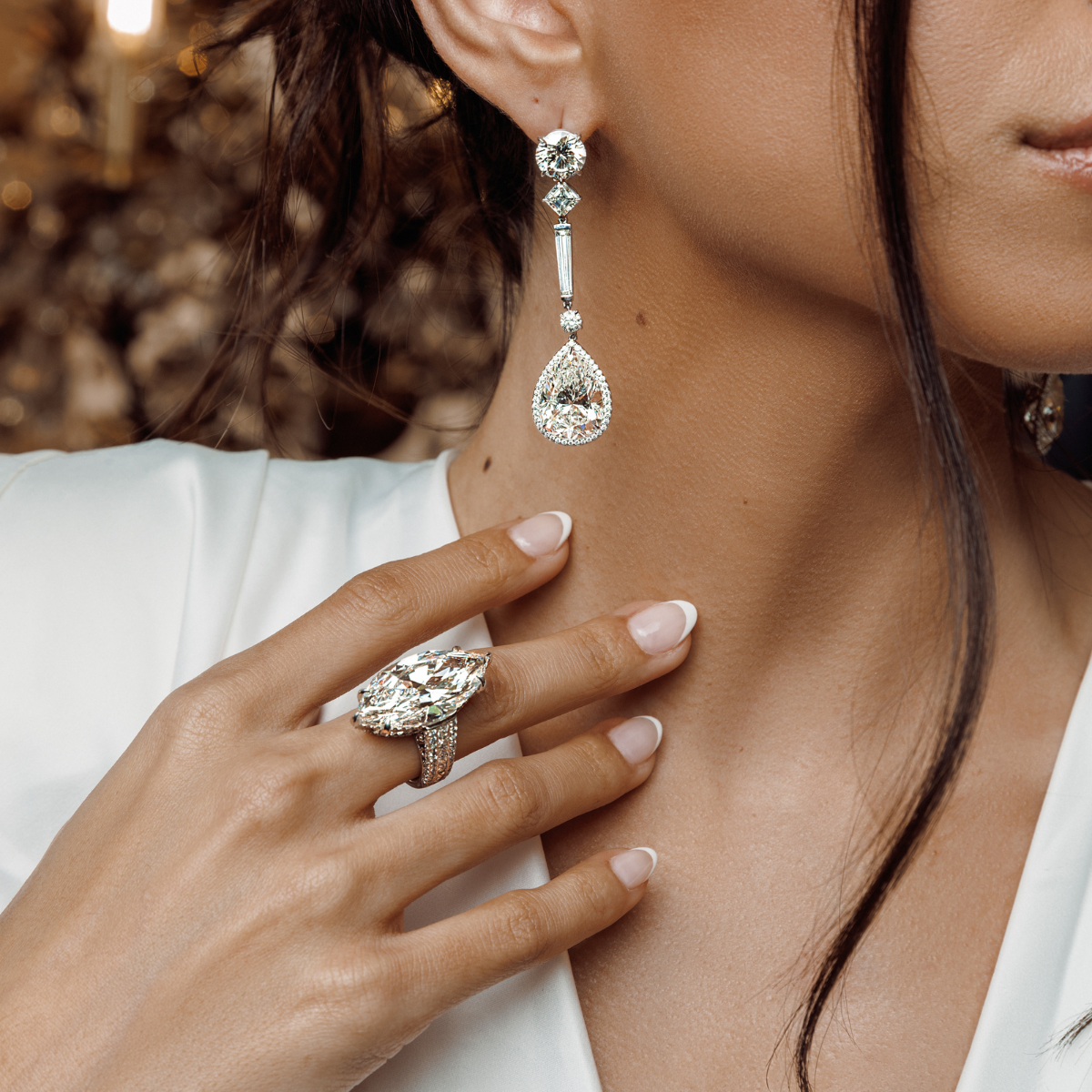
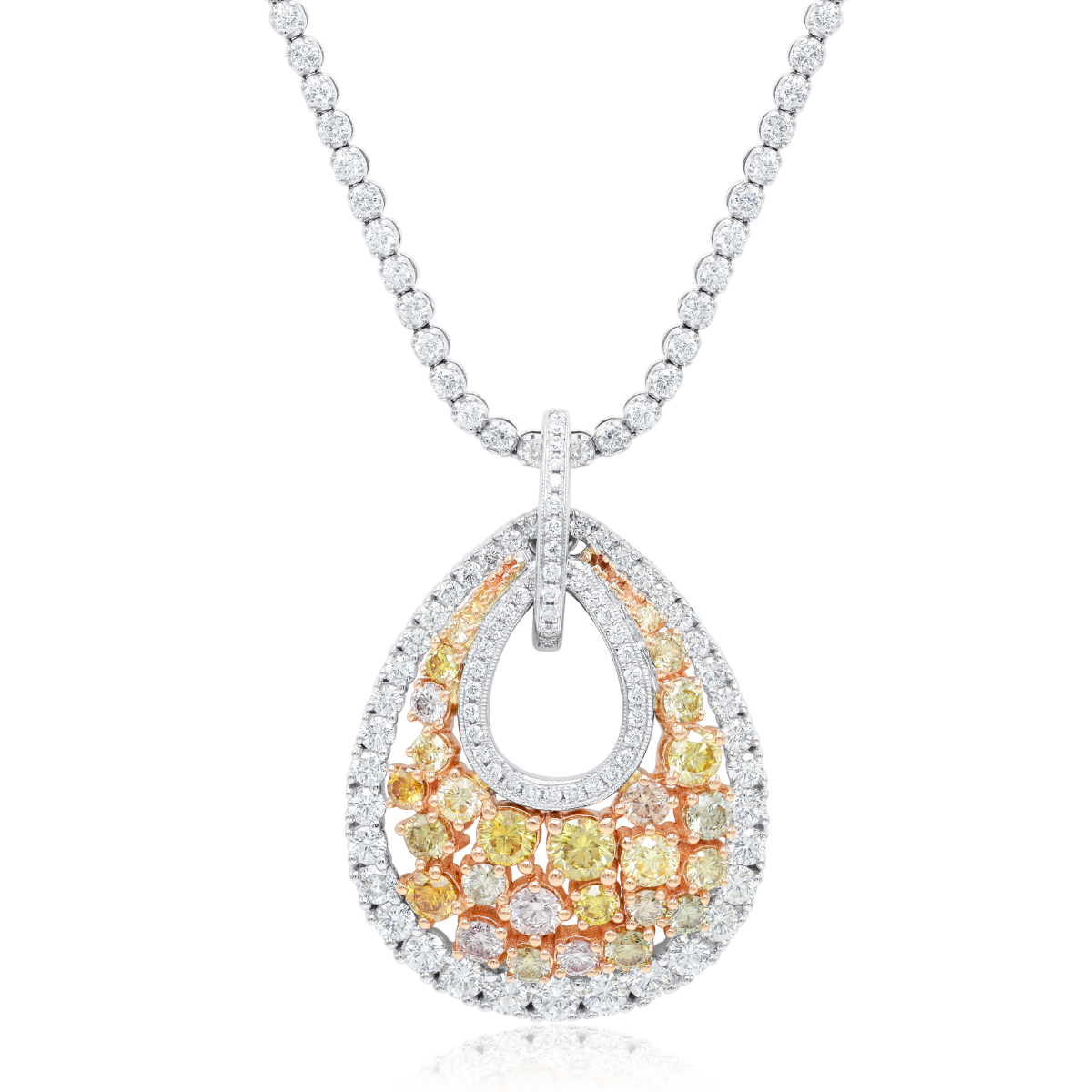

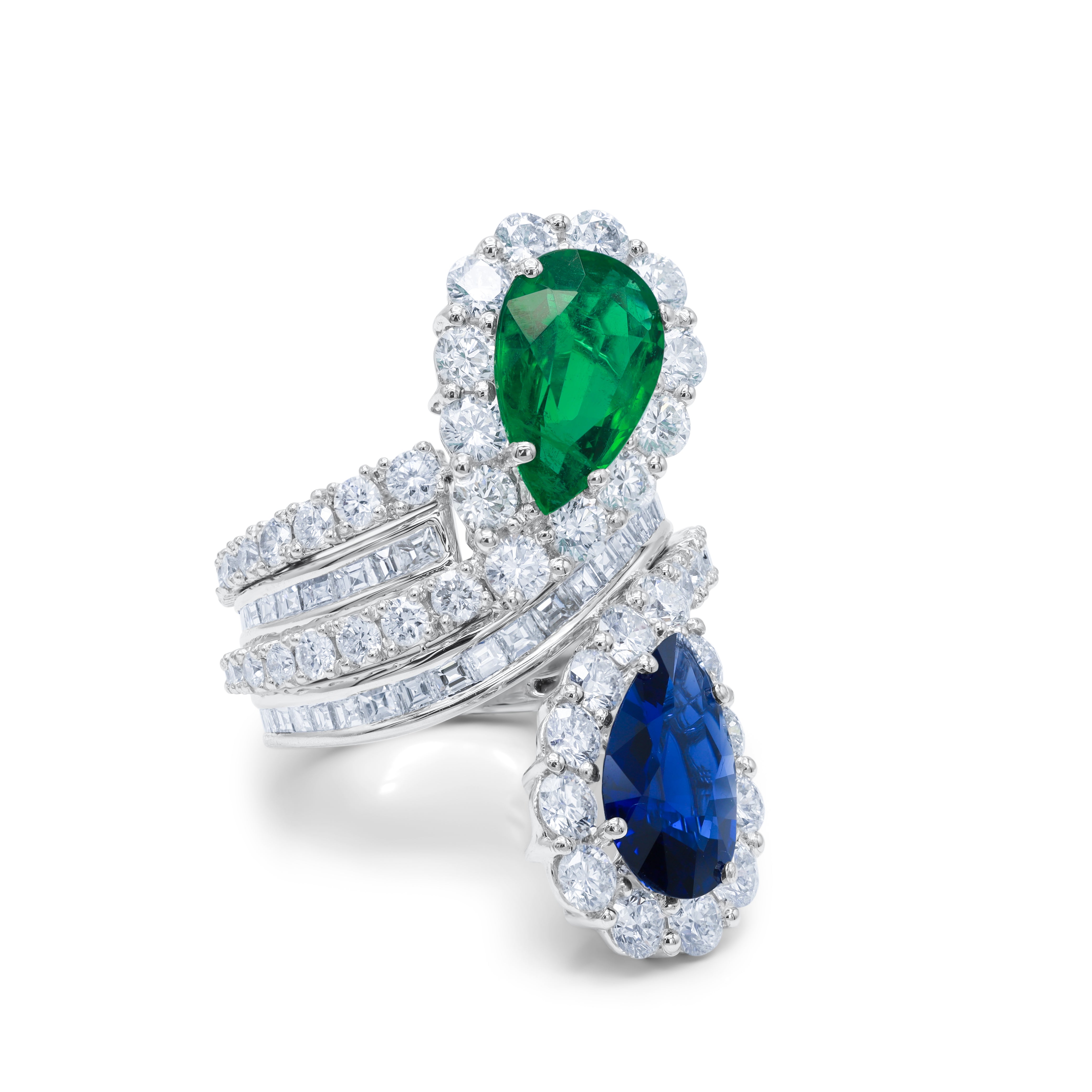

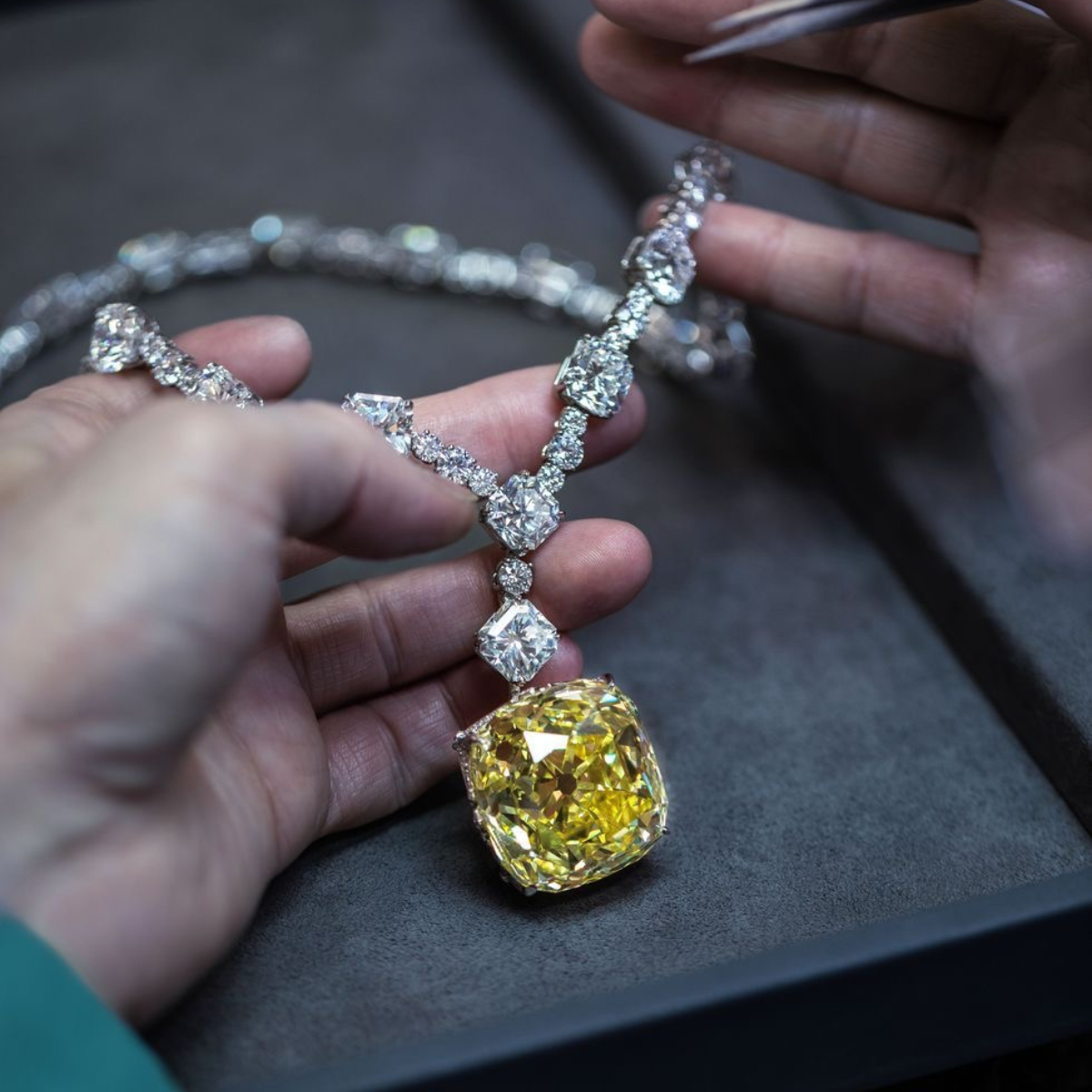
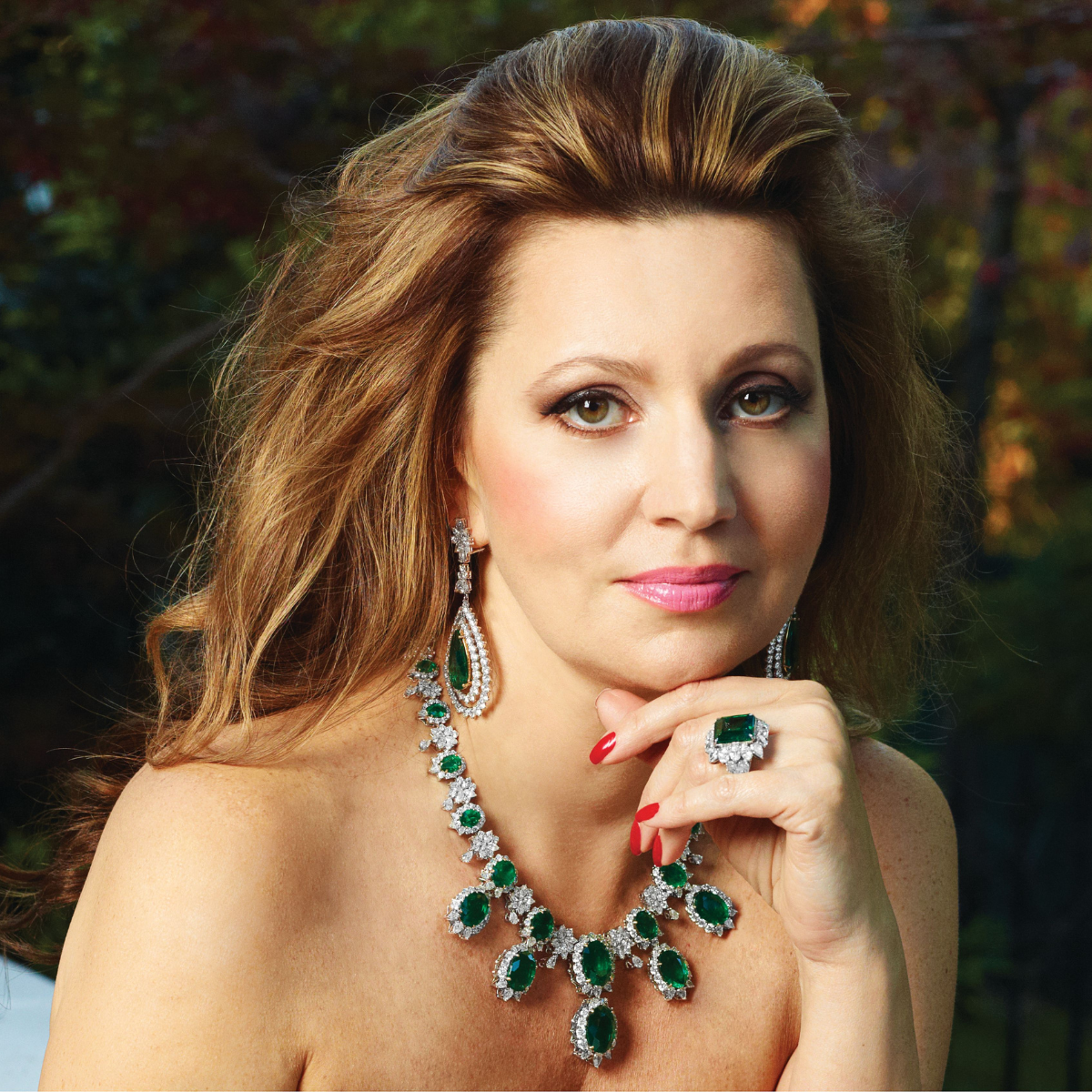

Leave a comment
This site is protected by hCaptcha and the hCaptcha Privacy Policy and Terms of Service apply.